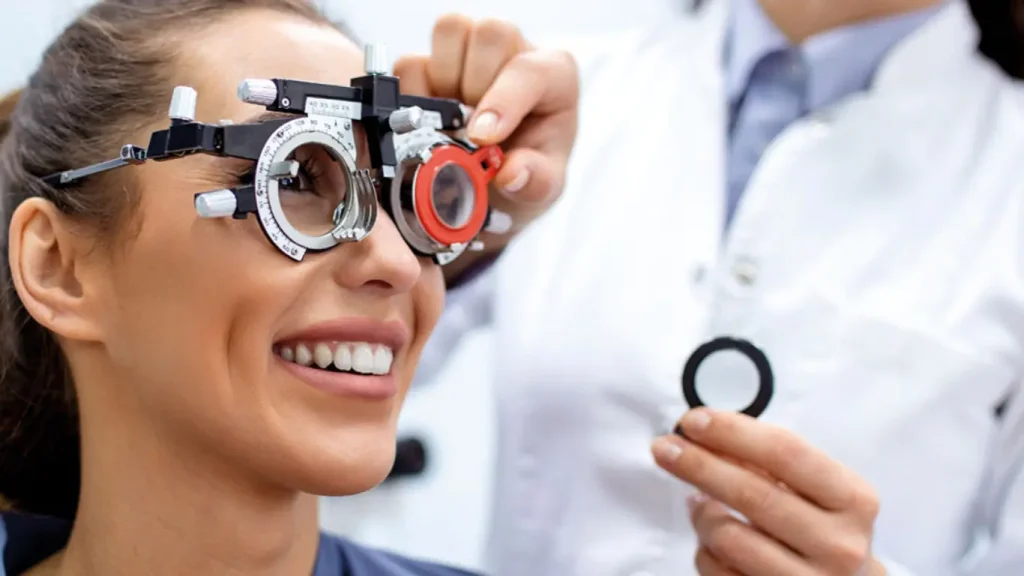
Understanding Vision Problems in Children
Common Eye Conditions in Children
The most frequently seen eye disorders in children include:
- Squint (Strabismus)
- Lazy Eye (Amblyopia)
- Congenital or Pediatric Cataract
- Retinopathy of Prematurity (ROP)
- Rarely, Ocular Tumors
How the Eye Sees
Our ability to see depends on how the eye bends (or refracts) light. In a healthy eye, light rays focus precisely on the retina, enabling clear vision. This is known as emmetropia.
However, when there is a refractive error, light is not focused correctly, either falling in front of or behind the retina, leading to blurred or distorted vision. These optical imperfections prevent the eye from focusing light accurately.
What Are Refractive Errors?
Refractive errors are vision conditions that affect the eye’s ability to focus light correctly. The major types include:
- Myopia (Nearsightedness): Clear near vision, blurry distance vision
- Hyperopia (Farsightedness): Clear distance vision, difficulty with near tasks
- Astigmatism: Distorted or blurred vision at all distances due to irregular corneal shape
As the eye grows from infancy to adulthood, changes in the curvature of the cornea and lens usually maintain normal focus. However, if this balance is disrupted, refractive errors occur.
Symptoms of Refractive Errors in Children
- Difficulty reading small letters on the blackboard
- Squinting to see distant objects like the blackboard or television
- Holding books very close to the face while reading
- Blurry distance vision (especially in myopia)
- Eye strain or fatigue during prolonged reading
- Occasional squinting due to hyperopia
- Eyelid swelling caused by frequent rubbing of the eyes
- Headaches or eye pain after visual tasks
If any of these signs are noticed, the child should be evaluated by an ophthalmologist immediately.
Treatment Options
Refractive errors can be effectively corrected using:
- Eyeglasses
- Contact lenses
- Vision correction surgeries (e.g., LASIK), in suitable candidates
FAQs
1. Can refractive errors be cured permanently?
Refractive errors can often be permanently corrected in adults with procedures like LASIK, but in children, vision is usually managed with glasses or contact lenses.
2. At what age can my child have an eye check-up?
A child can have their first eye check-up as early as 6 months, especially if there is a family history of eye problems. Routine exams are recommended before they start school.
3. Will my child’s eyesight keep changing?
Yes, as children grow, the shape and size of their eyes change, which can affect their vision. Regular check-ups are important to update prescriptions as needed.
4. Is squint a sign of refractive error?
Sometimes. In hyperopia (farsightedness), a child may squint to compensate for blurred vision, which should be evaluated by an eye specialist.
5. Can children wear contact lenses?
Yes, in certain cases and with proper hygiene, children can wear contact lenses. This decision should be made under guidance from an eye care professional.
